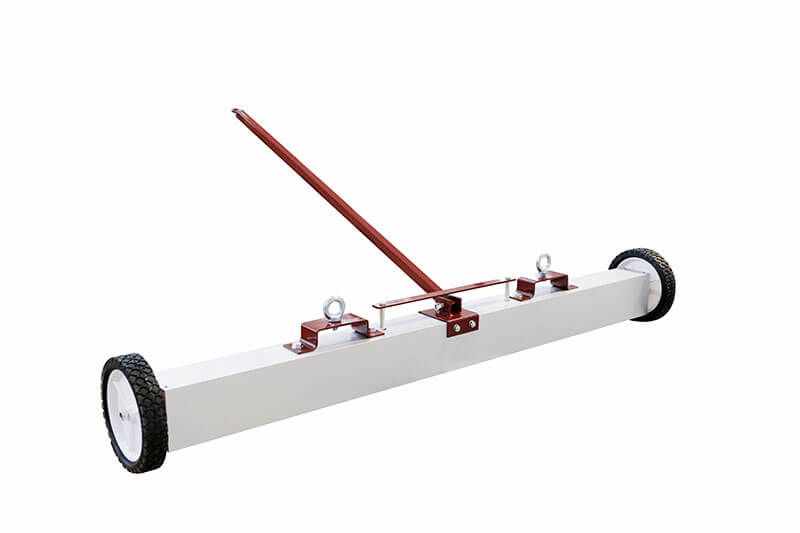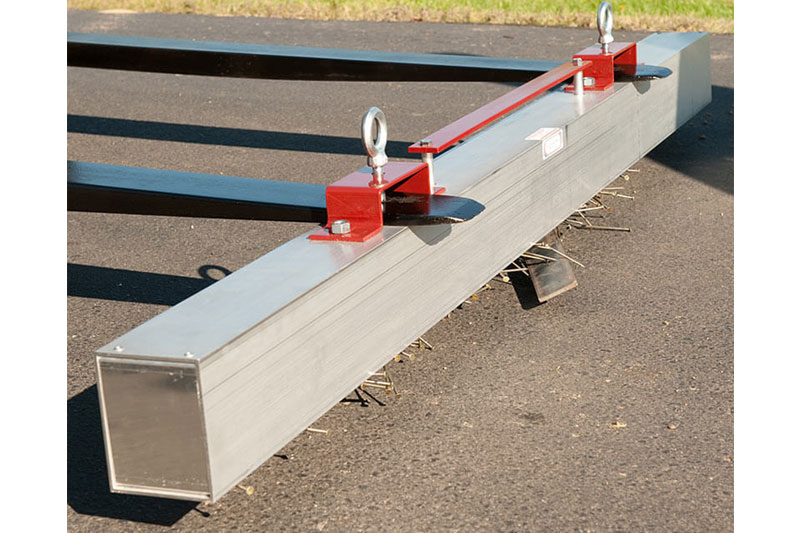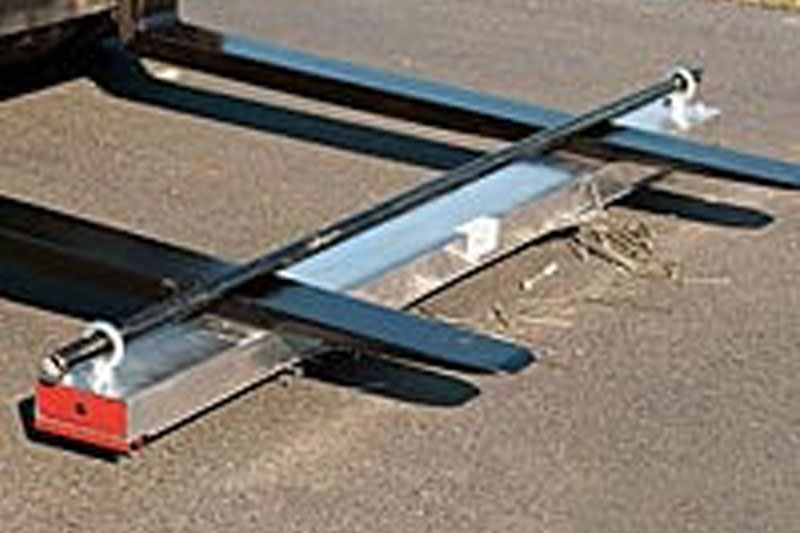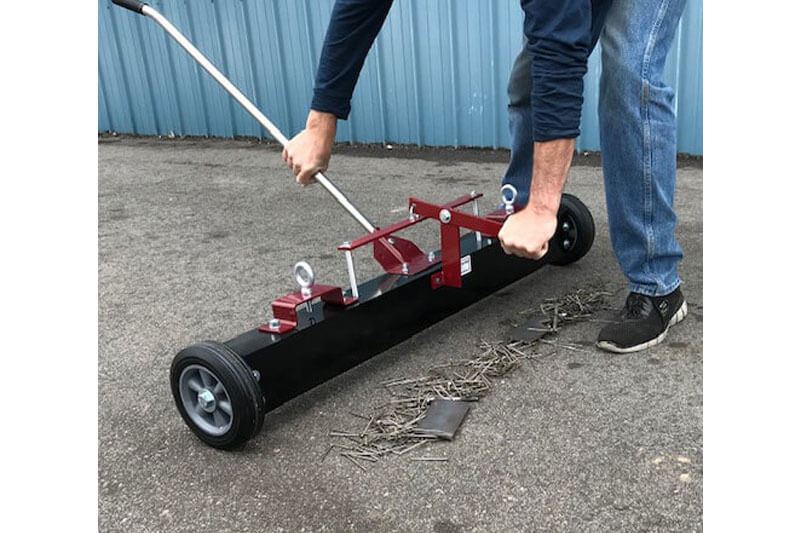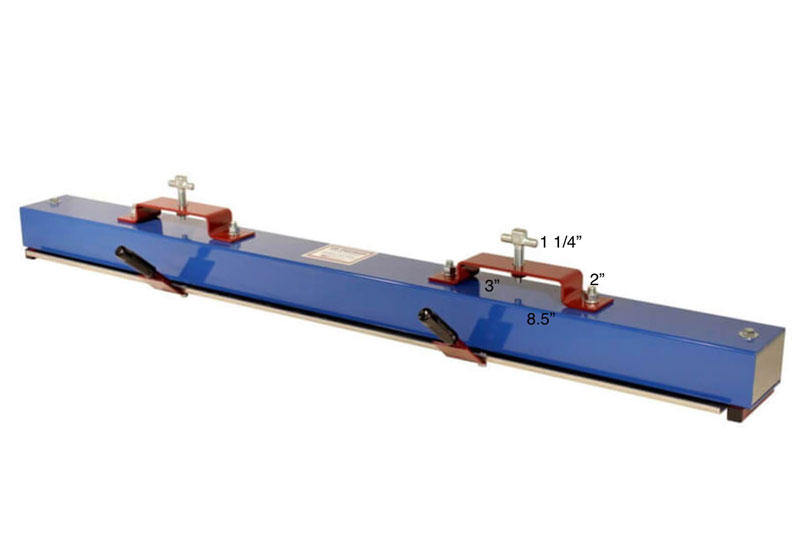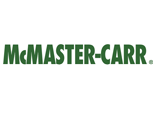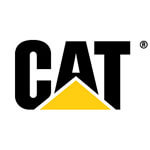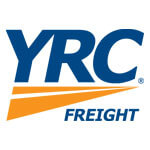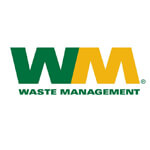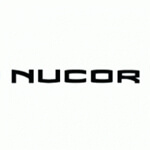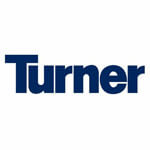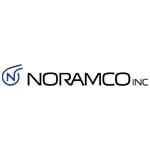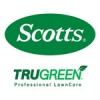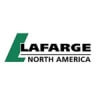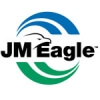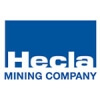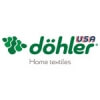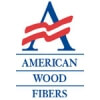Tips to Consider When Buying a Magnetic Sweeper
As a buyer, it helps to be knowledgeable about a few factors when you want to buy a heavy-duty magnetic sweeper, that way it becomes easier to make an informed decision. The following points should help to make your buying experience a better one.
Determine purpose specifics
Sort out your intended applications, i.e., address the fundamental question: What do I need it to do? When choosing magnetic sweepers, have a clear picture of what you will use them for (lifting, cleaning or both) and where.
Consider the type of surface, the area or space (distance) you need to sweep, the amount & type of ferrous metal and more while choosing this equipment. Some magnetic sweepers are for pallet trucks, others for forklifts and others are universal in fit.
For instance, if you’re working in a confined or smaller area, we recommend a handheld magnetic sweeper. These feature a compact and lightweight design and are easy to use. If you’re looking at a larger cleaning area, pick a vehicle-mounted magnetic sweeper designed for a service vehicle or forklift.
Does magnet housing size matter?
All the magnetic sweepers that you find on the market will utilize a housing to hold the magnet assembly in place. Here are few things to consider on the housing and related:
# 1: The size of the aluminum housing does not matter.
Most flat surface sweepers are constructed using aluminum tubes/extrusions (rectangular is most common). Purchase the sweeper that has the length you need, that is all that matters. The sweepers do NOT get stronger as they get longer.
#2: What makes the magnet stronger
There are two (2) grades of Permanent Magnets, Grade 5 and Grade 8. Most inexpensive magnetic sweepers utilize Grade 5 magnets inside the housing. Grade 5 is cheaper and weaker, and the buyer would have no idea unless they did a side-by-side comparison to a sweeper that uses Grade 8 Magnets. The U.S. made magnetic sweepers use Grade 8 magnets and much stronger Aluminum housings. So, the two things to ask the vendor are: “What Grade magnets are used in your sweepers and “is the aluminum an “aircraft grade” aluminum housing”?
Handle Types on Push Style Magnetic Sweeper
Before buying a magnetic scrap collecting tool, check the handle configuration. The type of handle matters for handheld sweepers, especially for small-scale cleaning like a home garage. First thing- make sure the handle length is appropriate. Try to go with a sweeper that comes with an adjustable handle or at a minimum a 36” length. Some magnetic sweepers, for instance, come with telescopic handles. They might not be easy-to-use but are easy on the body when using for a longer duration.
Pickup Power
You can measure the picking power of a magnetic sweeper in different ways. For practical purposes, we evaluate our units in a “stand” in a warehouse and determine maximum pick-up capacities with metal objects of varying size, shape and weight. We also mount our sweepers and use them for their intended purpose in “test areas” in the warehouse to determine what they will really do in practical applications. Lastly, we take a “gauss” measurement of each unit. Gauss is the technical way to measure the strength of each magnet.
The best way to measure a magnetic sweepers, for instance, is by checking the lifting height.
Push style/handheld Sweepers that work for concrete floors (magnetic power) may not be perfect for pulling out nails from tall grass. In that case, you can measure the required picking power that your magnetic broom needs based on the quantity of metal you need to sweep.
It is important to strike a balance between less holding power and/or more lifting power while buying your next magnetic sweeper. Hang type magnetic sweepers are most effective up to 4” above the surface at a traveling speed not to exceed 12 mph. Larger ferrous metal is easier to pick up than smaller ferrous metal as there is more surface area. In addition, flat steel is easier to pick up than round steel as there is more surface area.
How you clean a sweeper is important
You need to clean magnetic sweepers to keep them performing most effectively.
Do you clean it by hand? How do you get rid of the collected debris? Does the sweeper come with a Release feature? These are some of the questions that may come to your mind when buying a magnetic sweeper.
Release features
Do you need a magnetic sweeper to sweep through grass or pastures? For that, check if your magnetic broom has the needed sweeping height and appropriate release feature. A fixed sweeping height of, say, an inch will not do you any good in pushing through grass. You need at least 2 to 2 ½ of height for use on grass surfaces. There are two primary types of release features: top mount handles and pull levers. Either of these methods is quite effective, the pull lever is more effective for use on grass or uneven areas while the bottom mounted release “plate” is ideal for smooth surfaces and pavement.
Mount Options
Magnetic sweepers can be mounted either by chain or via Fork Pockets. Chain mounting is most common on service vehicles and is easy to do with two strands of 3/16” chain and two “S” hooks. The Fork mount method is for forklift blades. The magnetic sweepers have built in Fork pockets (these are optional so ask your supplier to put them on) that clamp down on the forks. There are also Tow Behind magnetic sweepers that pull behind vehicles, using a ball hitch or pintle hook.
Why are magnetic sweepers so important for places like manufacturing and distribution, construction sites and terminals?
Reduce Cost and Downtime
Manufacturing and construction sites are loaded with dangerous, damaging ferrous metal. The floors often pile up with ferrous metal trash and it’s easy to drop tools as well. Manual sweeping may not be efficient in picking up the debris/items. This is where magnetic sweepers come in. One can clean large areas of the manufacturing floor in seconds. Due to this, magnetic sweepers can reduce labor costs quickly.
A flat tire can shut down a service vehicle, it can also shut down a big rig truck delivering goods. Magnetic sweepers can help eliminate downtime by quickly removing the damaging ferrous metal from the workplace.
Promote a safe working environment
Magnetic Sweepers will eliminate the potential of personnel injury and harm due to nails, scrap and other potentially dangerous ferrous. Loose metal can lead to cuts, punctures or trips that can cause your company lawsuits or expensive medical bills. It can cost your company’s reputation as well. Magnetic sweepers can help create a safer working environment for your employees.
Protect other tools
Why do some users attach magnetic sweepers at the front of their trucks or forklifts? To keep the workplace clean and stop any potential threats. Changing tires can get quite expensive and having a service vehicle out of rotation can be quite costly.
Versatility
Despite the straightforward design of these sweepers, they are incredibly versatile in working in an industrial setup. The design of magnetic sweepers is such that they can withstand any environment. Magnetic sweepers don’t rust and are not affected by temperature, and you can use them anytime/anywhere.
Every industrial facility varies in terrain, temperature and weather (as per their location). Whether you are working in gravel, grass, heat, cold or rain, the magnetic sweeper will do it’s job.
Picks up wide range of debris
Magnetic sweepers can pick up a wide range of objects or debris just by running the magnet over the debris. Hovering the sweeper over the metallic pieces gets the job done in minutes. There is not a better tool than this to sift the non-metallic parts from the metallic ones. It’s one of the reasons why magnetic sweepers are so popular.
Choosing Between Toe Plate Auto-Release or Top Mount Auto Release?
Whether a magnetic sweeper is better with an auto-release toe plate mechanism, or a top mounted release bar is a matter of user preference. As a buyer, you must keep overhead costs in check. Getting one with a toe plate release feature will cost you about 20 percent more than an option without this function.
The Toe Plate feature is best for smooth areas, warehouse floors and driveways. The top mounted release bar is best for all surfaces, from gravel to broken concrete and dirt. It’s easy to clean a magnetic sweeper without a release.
If you choose to go without a release feature, you can simply remove the collected materials by dragging debris via gloved hand or towel to either end of the magnetic sweeper. We leave an inch of “dead space” at each end of the magnetic sweeper so once you hit that area, the debris will be easy to pull off.
Ceramic Magnets vs. Rare Earth Magnets
Let’s clarify out the confusion that many buyers face. It is about the difference between permanent and rare earth magnets. Ceramic magnets (Grade 8) are made for “depth of field” or “reach”. Rare Earth magnets are more suited toward immediate contact strength and “lifting” purposes. However, rare-earth and ceramic magnets do have significant differences. Let’s check them out here:
Material Difference
Rare Earth magnets are of two types- NdFeb (neodymium-iron-boron) and SMCo (samarium cobalt). They are named because they consist of rare earth (an element from the periodic table). On the other hand, engineers can shape ceramic magnets as they want.
Resilience
Technically a permanent magnet, be it ceramic or rare earth, only loses 1% of its strength every 100 years. So , they will outlast you and me.
Strength
BHmax, aka maximum energy product, is the term that defines the magnet’s magnetic field. Manufacturers measure the magnet’s strength in MegaGauss Oersted. Undoubtedly, rare-earth magnets have a high BHmax (NdFeB- 40 and SmCo- 26). On the other hand, ceramic magnets have only 3.5 BHmax. Despite such low BHmax, most industrial devices like magnetic sweepers have these magnets, primarily because of the “depth of field” .
Durability
Ceramic magnets are also quite resistant to corrosion. Compared to the rare-earth variants, they are also resistant to demagnetization.
Pros of ceramic magnets
- Easily magnetizable
- Corrosion-resistant (doesn’t need extra coating)
- Stronger compared to a natural magnet
- Less expensive
Keeping these differences in mind, choosing the best quality permanent magnet is essential. Grades measure quality. Top-quality magnets have the highest grades.
Here’s hoping that our detailed buying guide helps you make a better buying decision.

